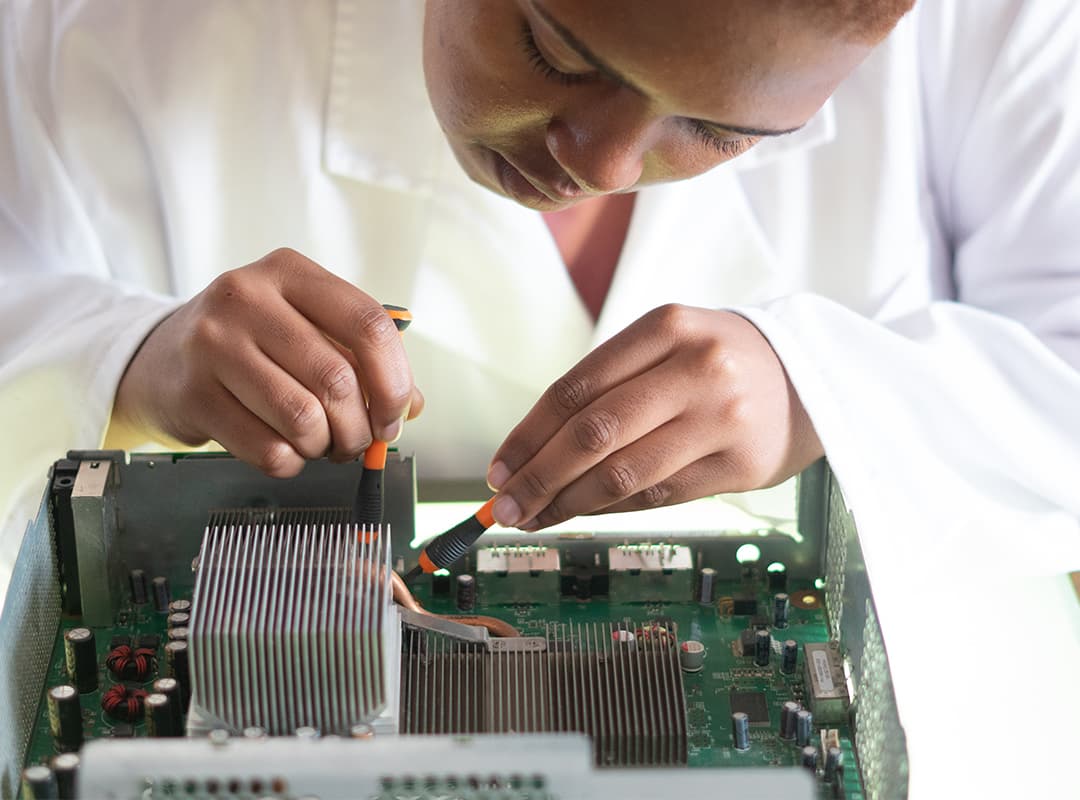Research of strength of materials, parts and structures is aimed at obtaining strength characteristics for certification of materials and semi-finished products; determination of destructive loads to optimize the load-bearing capacity of parts and joints in design; carrying out of control certification static tests for design standardized loads to failure and calculation of safety margin (strength surplus), not exceeding the allowable by weight criterion.
Similar objectives are set in fatigue testing, but in this case the main parameters are the level of average stresses and the number of cycles (hours) to failure.
The development of durability and fatigue testing technology is in the direction of automation of loading, measurement of parameters, control and calibration, data processing, information generation, its accumulation and operational presentation, documentation editing and reproduction. For automation purposes, mini- and microcomputers and peripheral devices are used. Thus the replacement of long labor-intensive operations is achieved, the level of standardization of tests, metrological culture, objectivity of evaluations and increase in the number of investigated parameters are increased.
The common tool for performing all operations is CPI – measuring and computing complex, which performs direct, indirect, joint and cumulative measurements of electrical quantities, controls the process of measurement and impact on the object, presents the results of measurements to the operator in a given form. CPI provides perception, conversion and processing of electrical signals from primary converters, control of measuring instruments and generation of standardized electrical signals, which are input for analysis of measurement accuracy, controls the values of force (or other type) impact on the object, presents the results in the specified forms.
The development of automatic systems of strength (fatigue) testing has passed several stages of limited automation, before a rational combination of multi-channel and speed for IIS and UVK was developed. In some cases, it is more convenient to use only a few IIS modules, or, in case of block-modular construction of the UVK, to use separately modules (racks) ASUN (automatic load control systems) for several independent tests. Program control is performed from the processor (mini- or microcomputer) built into the CPI; as a rule, commercially available aggregate means of measurement and automation and standard interfaces are used.
